Cytomegalovirus (CMV): Epidemiology, Socio-Economic Factors & Control
VerifiedAdded on 2023/06/14
|12
|1154
|184
Report
AI Summary
This report provides a detailed analysis of Cytomegalovirus (CMV), a common disease affecting individuals across all age groups, with a particular focus on its epidemiology, transmission dynamics, and control measures. It highlights the inverse relationship between CMV prevalence and socioeconomic status, noting higher susceptibility in developing countries and impoverished communities. The report explores various transmission routes, including contact with bodily fluids, mother-to-child transmission, and sexual contact, emphasizing the role of poor living conditions, lack of awareness, and inadequate sanitation in facilitating the spread of the virus. Control strategies such as antibody testing, vaccination, and prophylactic measures are discussed, along with the challenges posed by poverty, lack of education, and asymptomatic infections. The report also critically evaluates public health programs aimed at educating pregnant women and implementing preventive measures, emphasizing the need for collaborative efforts from organizations like NIH, CDC, and WHO to address the threat of CMV and promote further research in this area. Desklib provides access to similar solved assignments and study resources for students.
1 out of 12
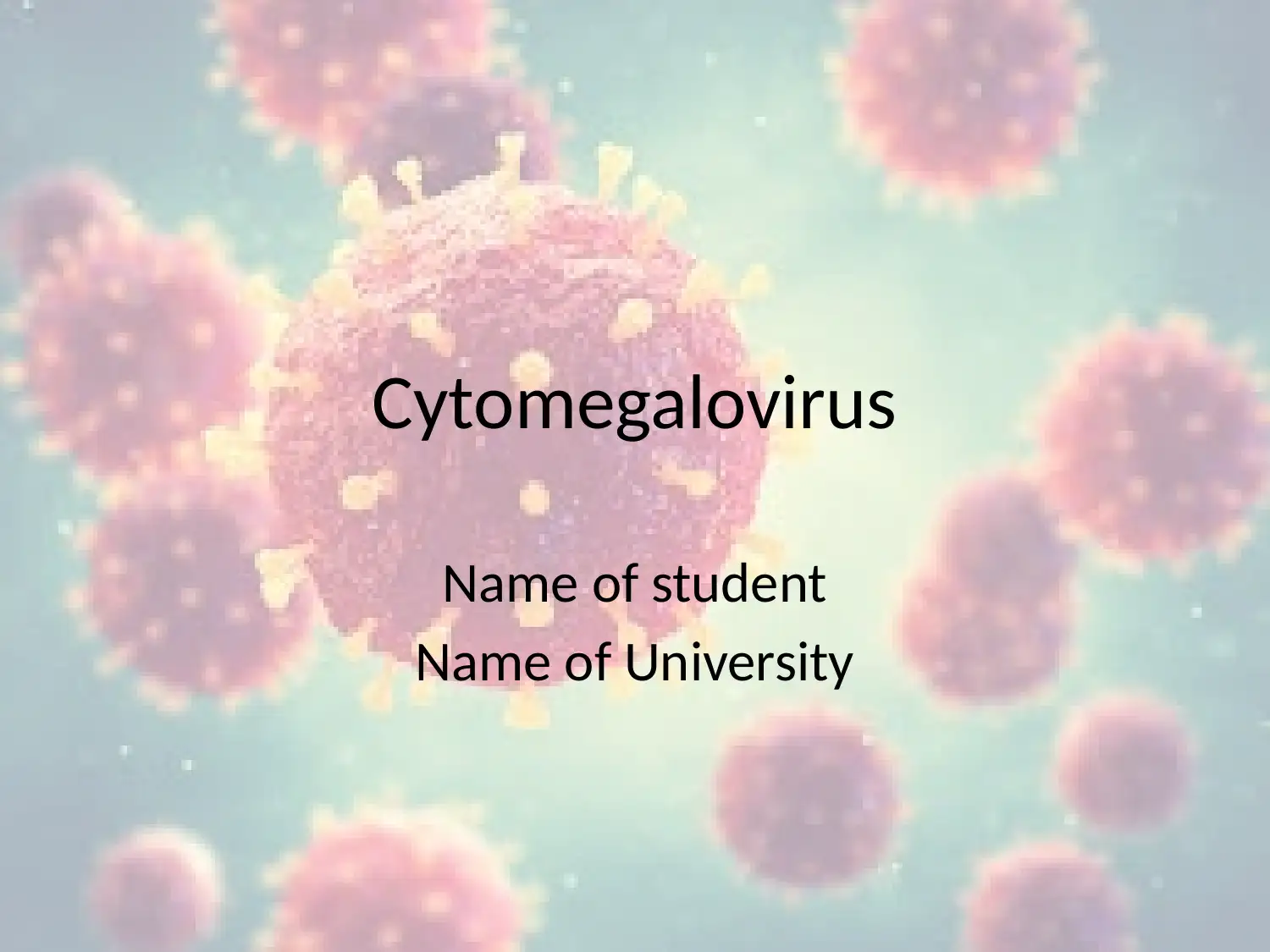
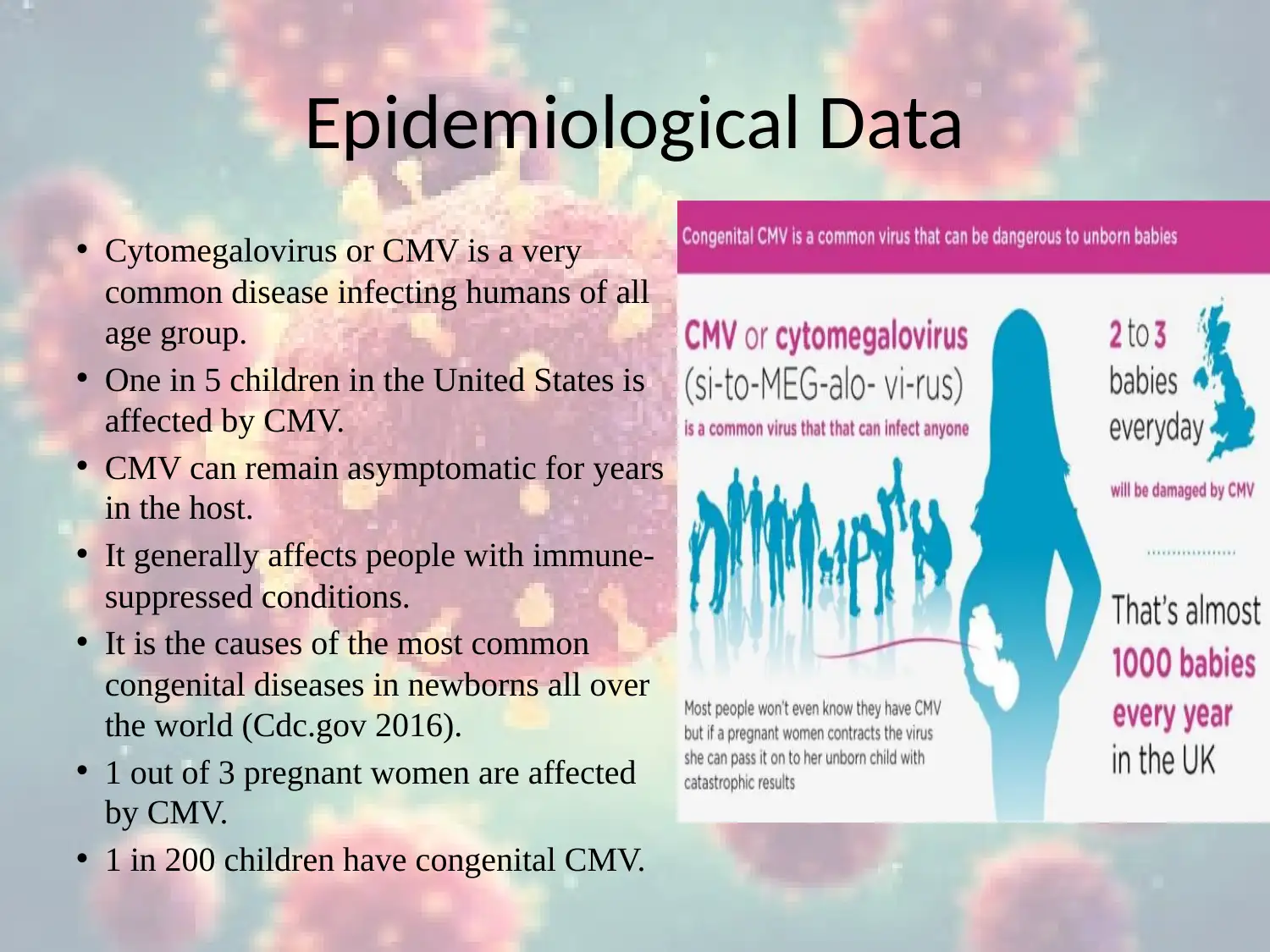
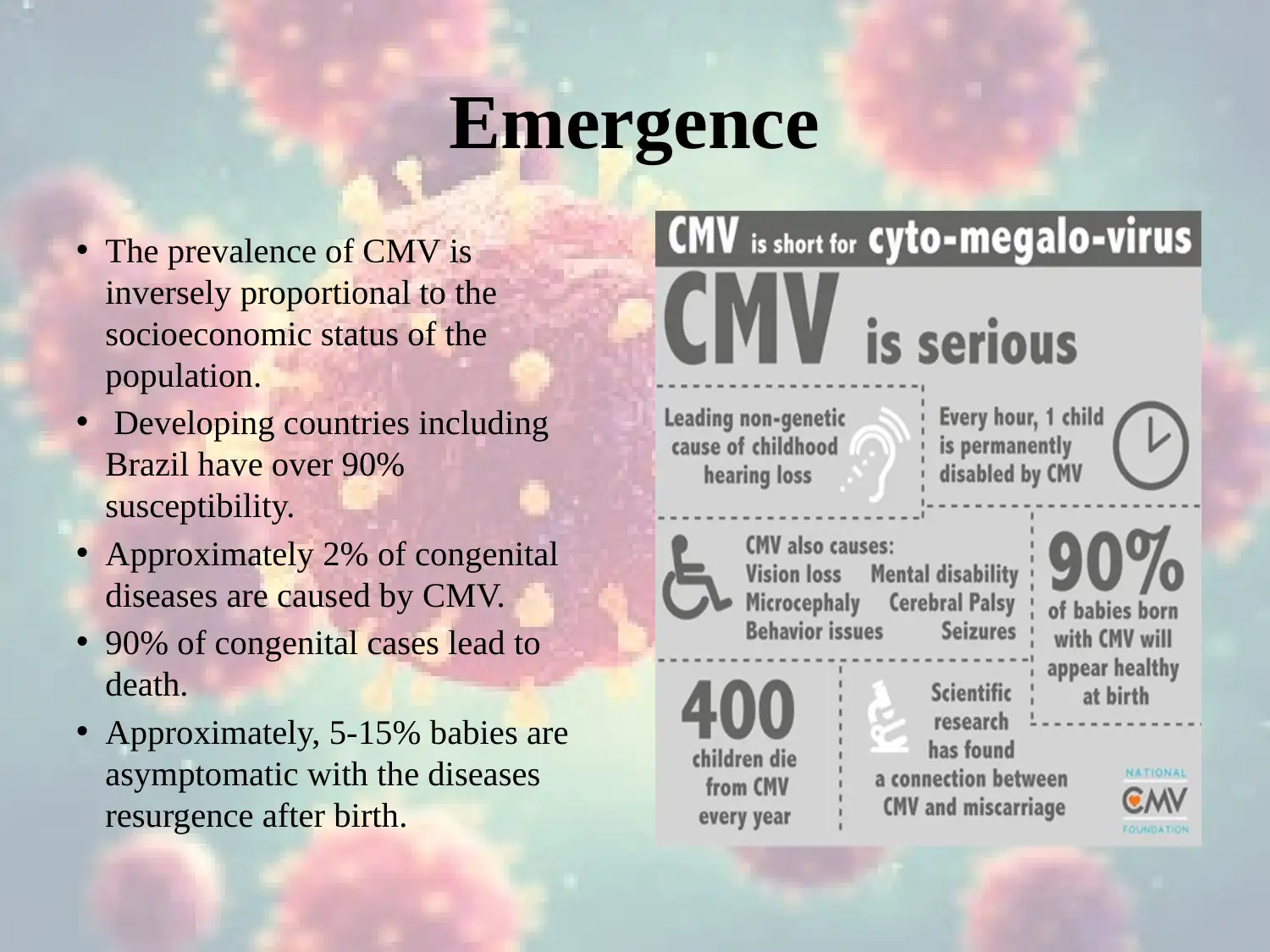

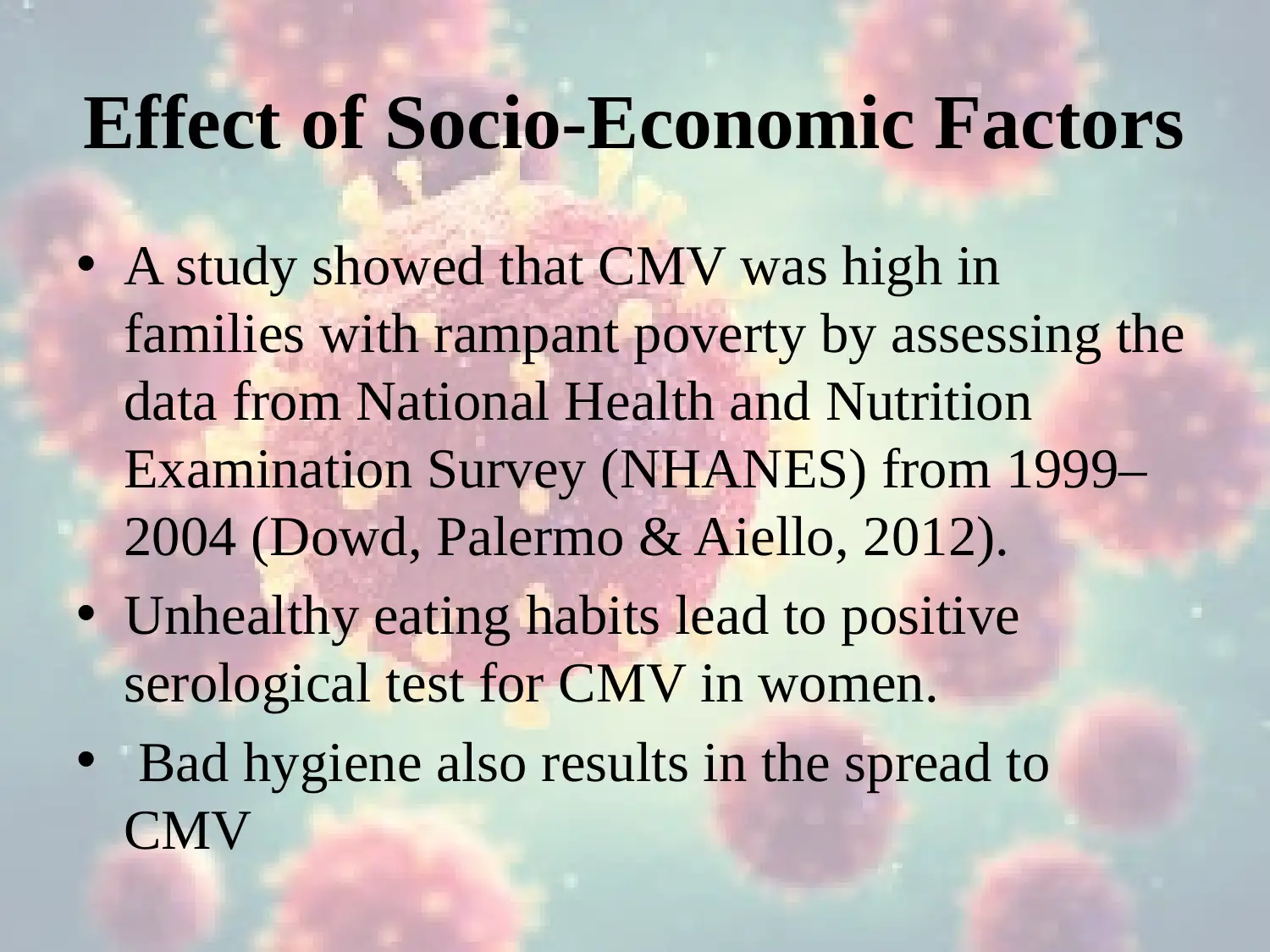
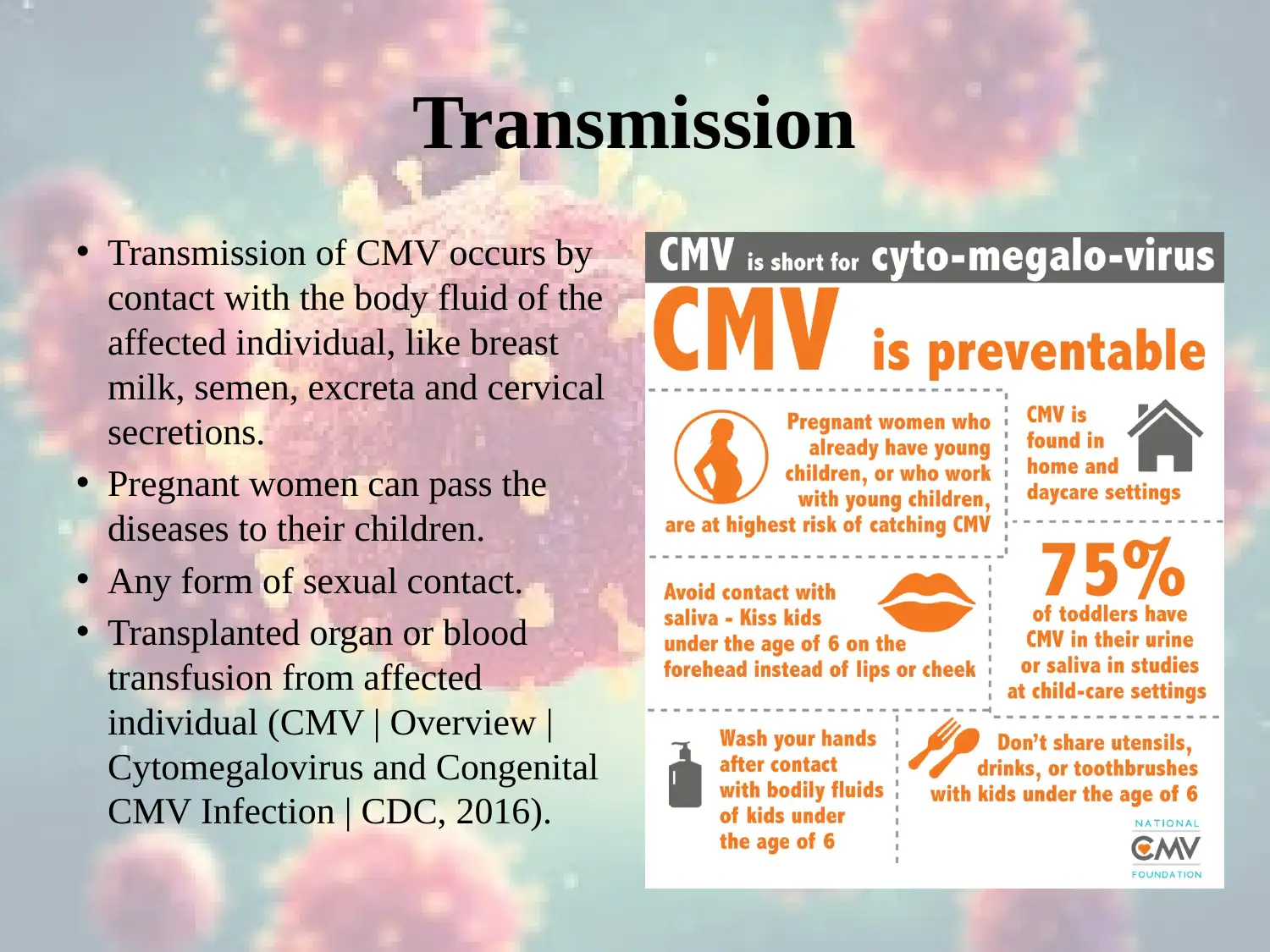
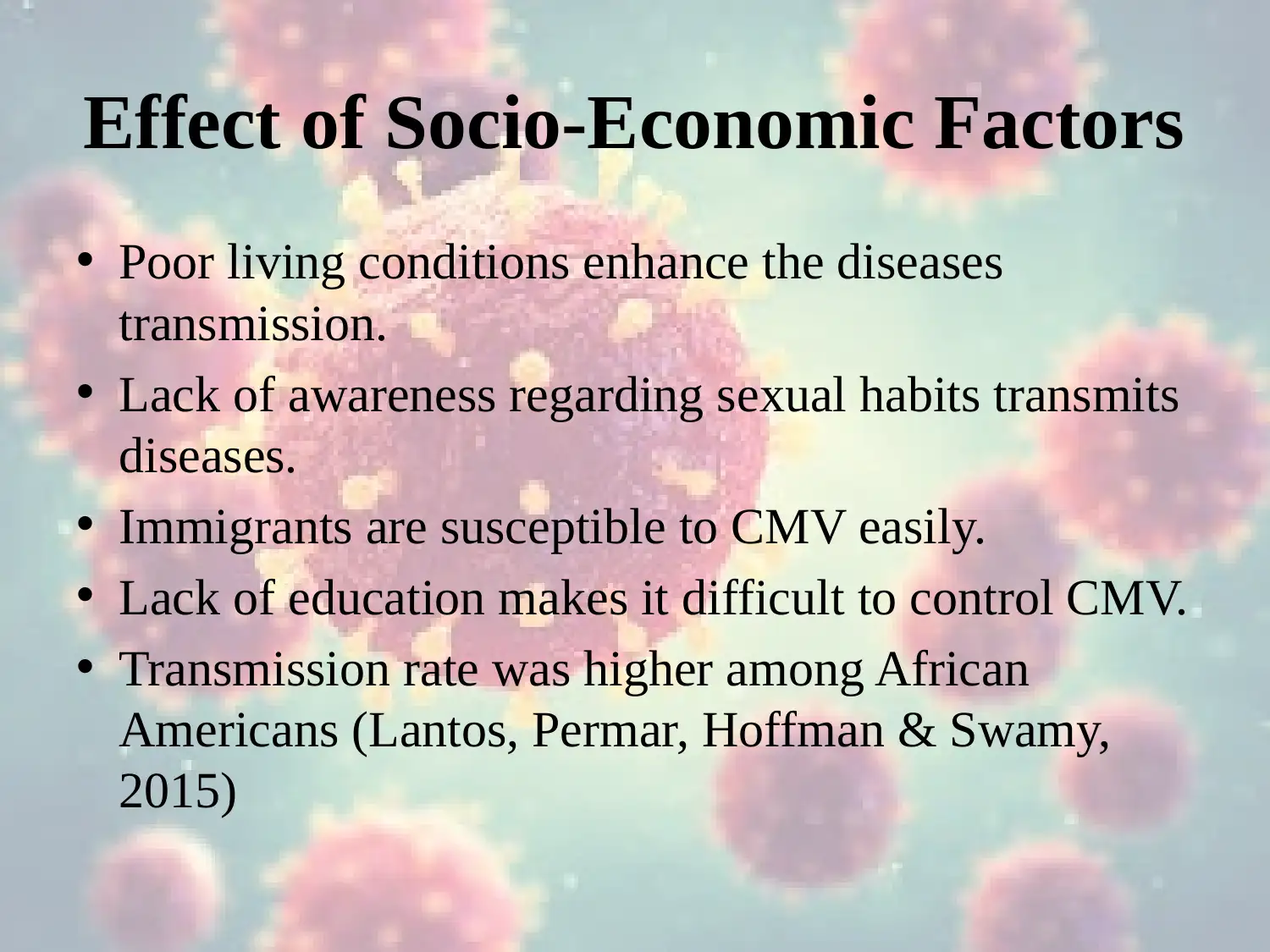
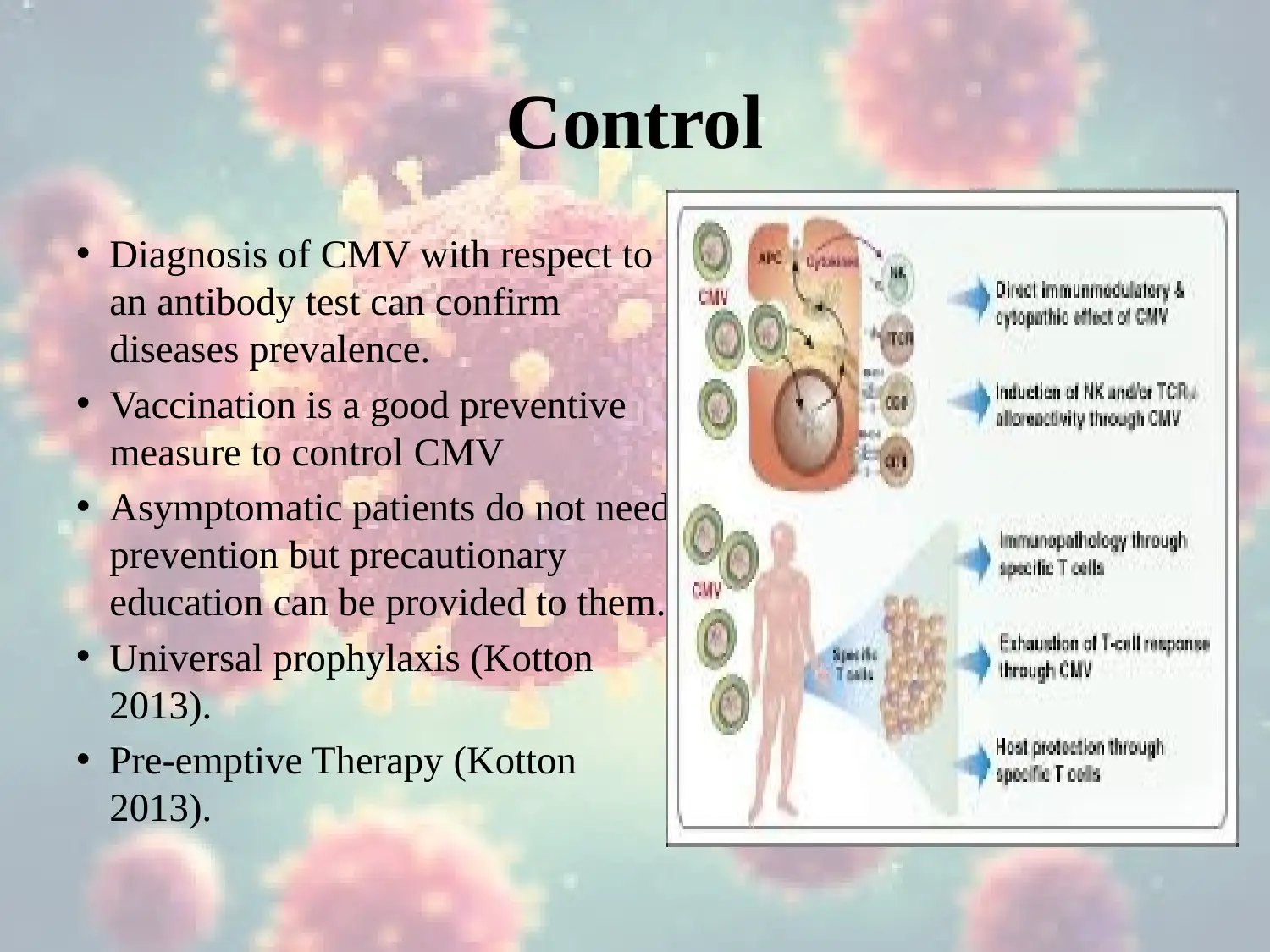
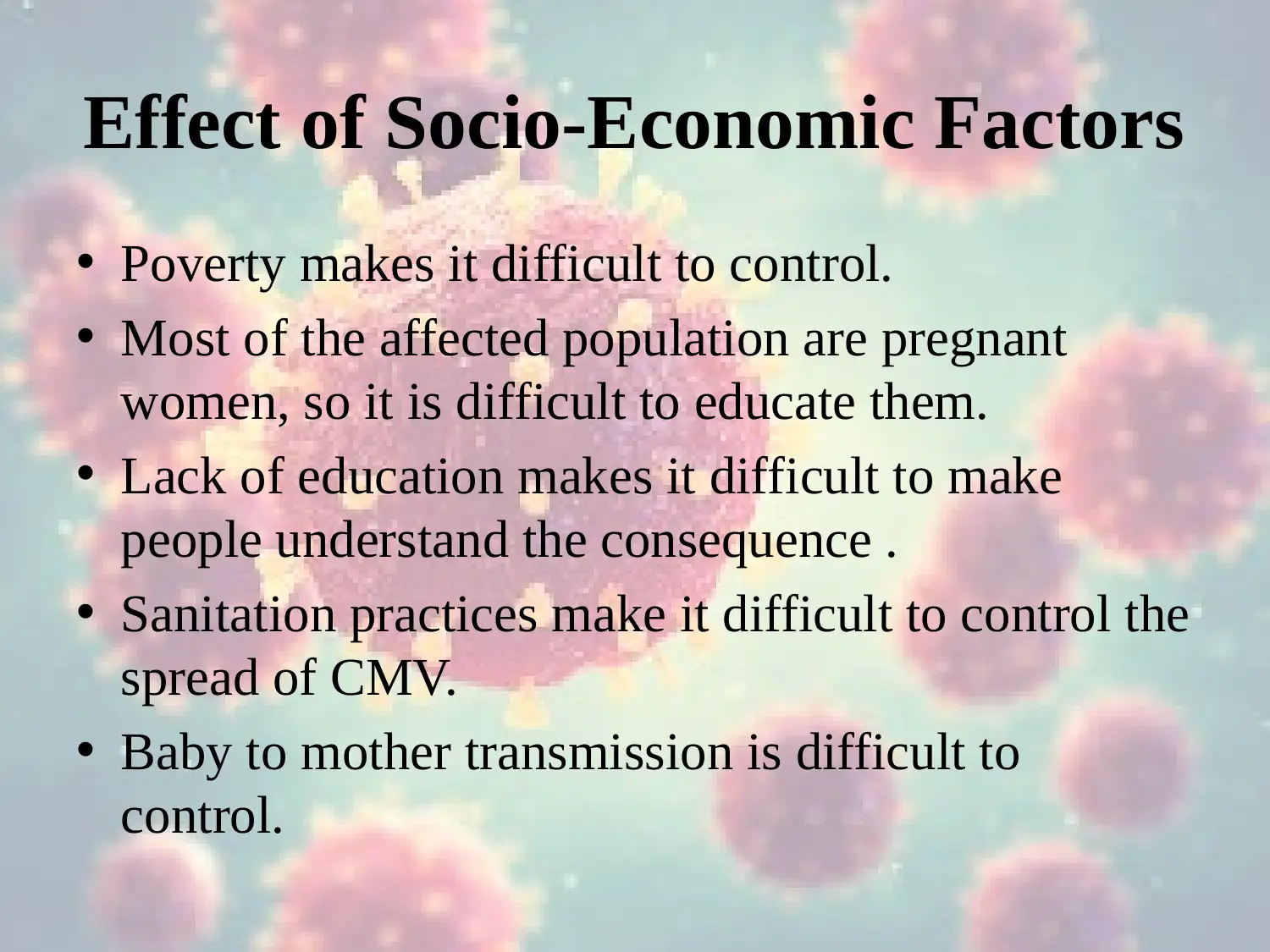
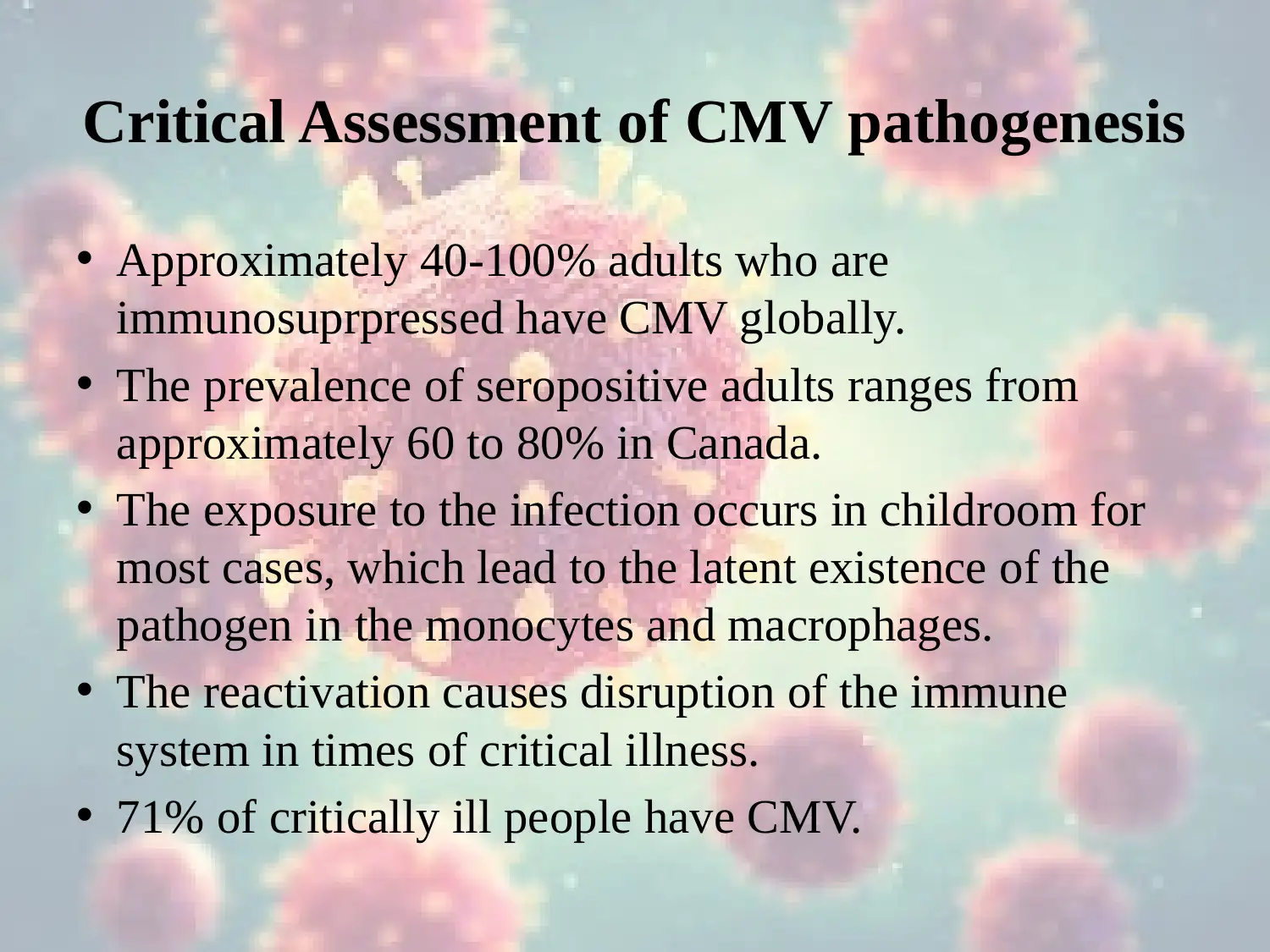
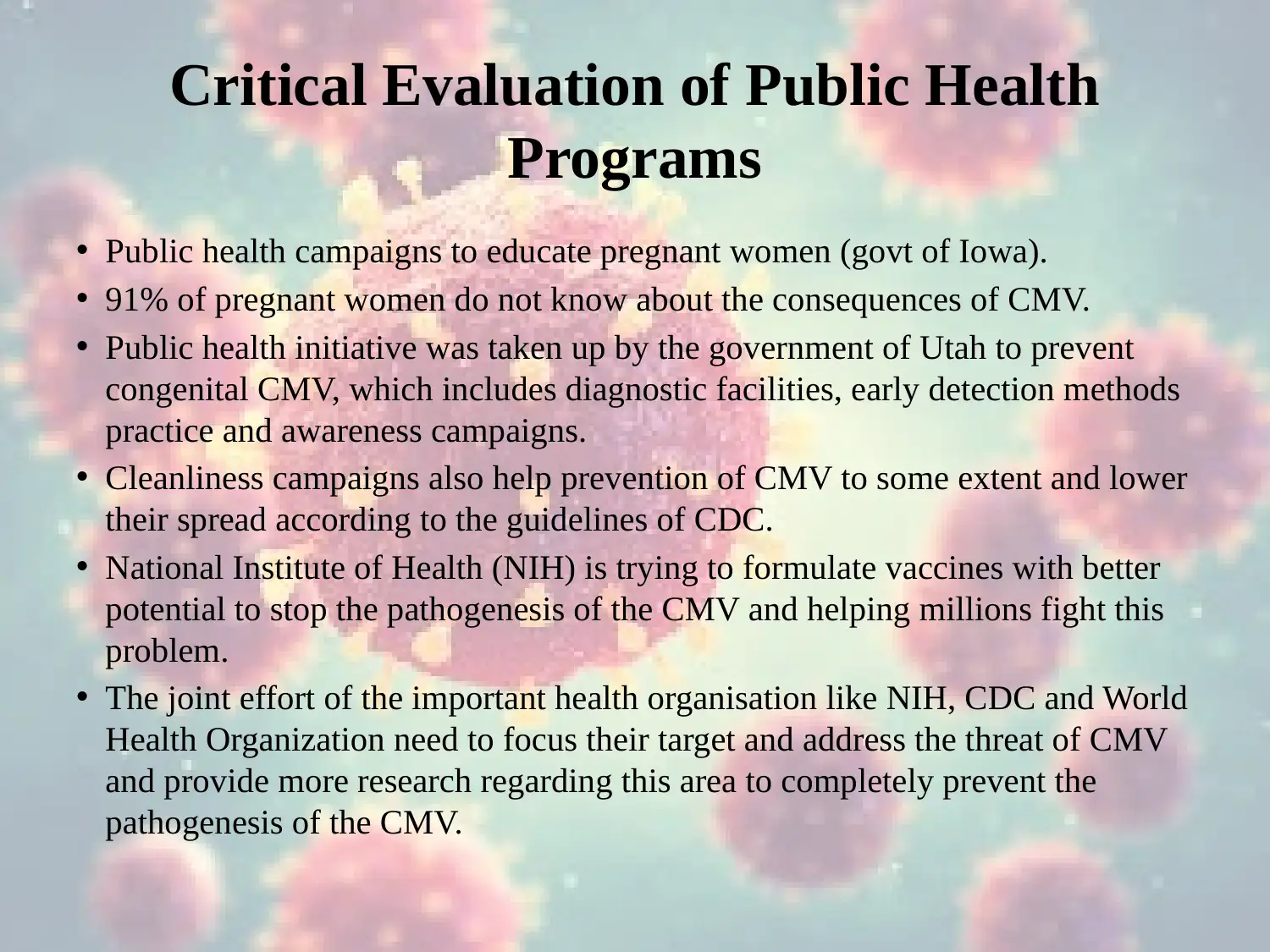
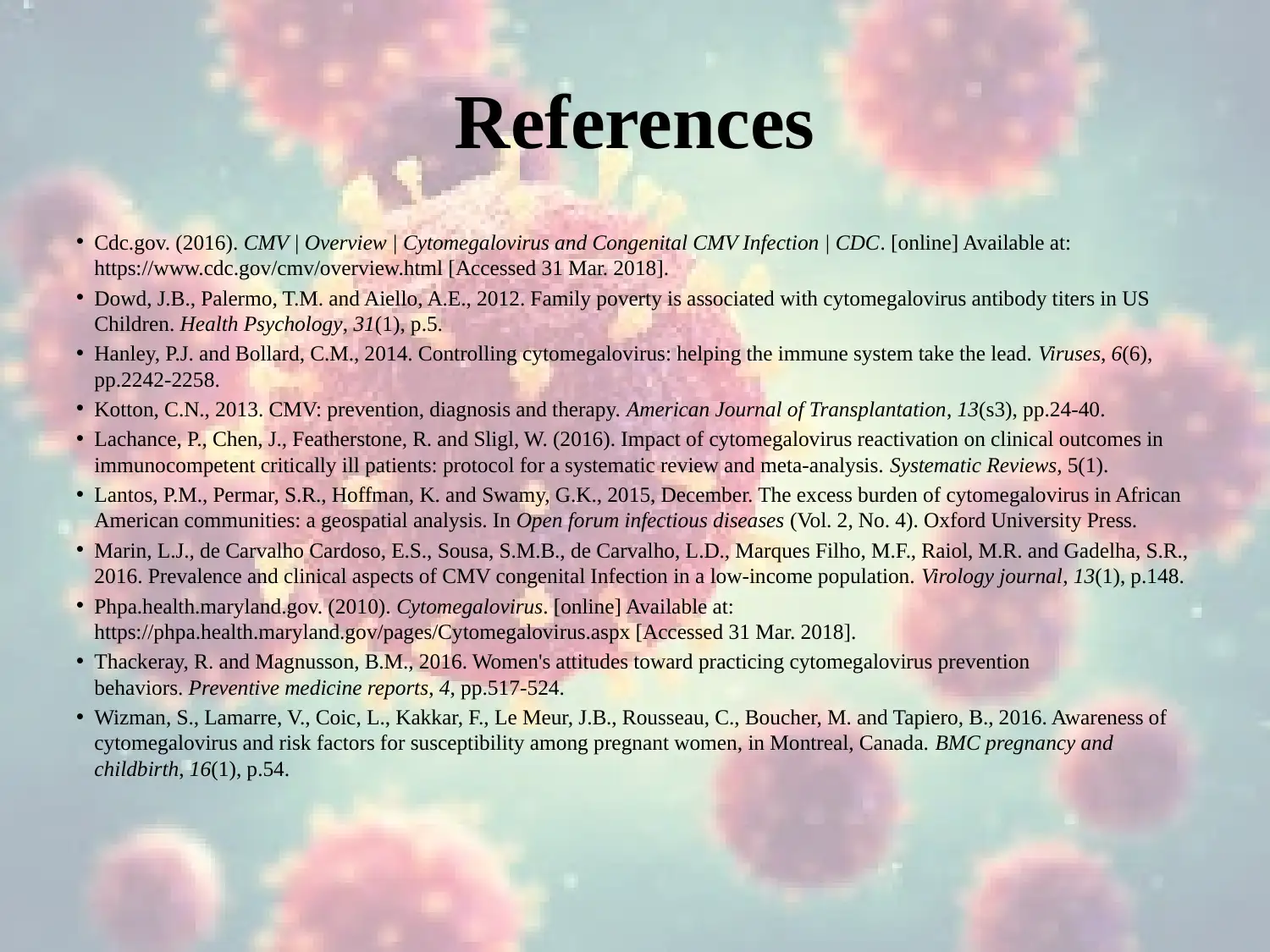





![[object Object]](/_next/static/media/star-bottom.7253800d.svg)